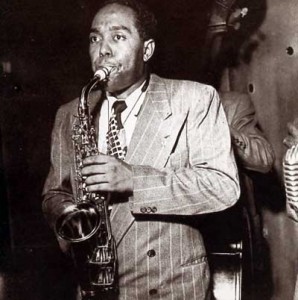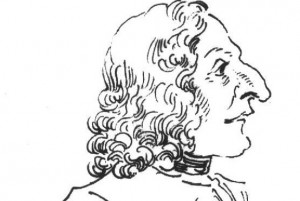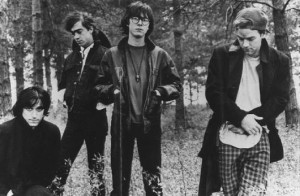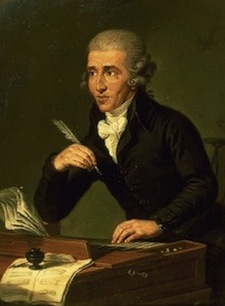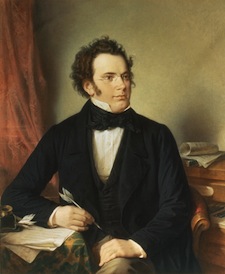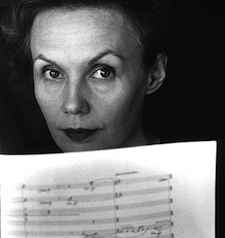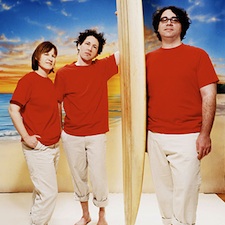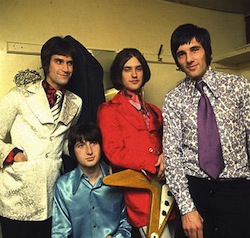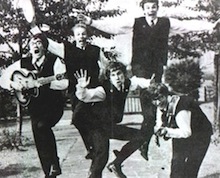In honor of the first day of spring, I usually listen to Stravinsky’s ‘Rite of Spring’. A little cliche, but it also makes sure I get some Stravinsky in on a yearly basis. Well this year was a little different since I decided I would copy the 22 CD Stravinsky performs Stravinsky box set that Tamiko got me a couple years ago for Christmas. I remember my conductor at UC Berkeley (David Milnes) saying that Stravinsky conducting didn’t provide the best performances of his works. And I pretty much agree, but they aren’t bad either. Some are quite fun (Petrushka especially!). There is often this misconception that simply because a composer is performing one of their works, that it must be somehow definitive. The thing is, just because someone composes doesn’t mean they should be conducting theirs, or anyone else’s works. Conductors spend their lives shaping / creating other people’s music, and just like any creative pursuit, the creator doesn’t always see the big picture. And – like any other skill conducting is one that takes years / decades to learn. So – why would we expect a composer who may not have much conducting experience to be able to conduct there work? Much less something as a difficult as ‘Rite of Spring’?
So – couple quick Stravinsky stories. First – I had Music History with one of THE Stravinsky scholars, Richard Taruskin. He just finished his HUGE two volume book on Stravinsky’s works through the opera Mavra. He told the class that he had sent it off… and that it had been the focus of his work for 12 years. ‘I guess I just go and die now’, he says. Then after a beat: “Beethoven!”. The second actually took place around a performance of ‘Rite of Spring’. We played that, the Mass and ‘Symphony of Psalms’ for a concert program one semester (amazing concert). The first night was ok – but the second night hit and hit hard. It was amazing. We finished the ‘Rite of Spring’ to a full house, and for about 5 seconds, there wasn’t any applause. It was the most amazing sound I have ever heard. A hall full of people after one of the most intense performances I had ever heard – then silence. When the applause started, it was thunderous. What a moment.
I am 16 CDs through the 22 CD set right now, but I have also been trying out a new streaming app (and thanks to Eric Flesher for testing it with me). Looks like ‘SimplifyMedia’ is selling out. They pulled the app and sharing for the most part. Quite disappointing. So I began the search again tonight and found DOT.TUNES. So far, it seems OK. Eric got connected, and I seem to be able to connect as well. A little buggy though. Crashed once for me and once for Eric. And – it is Mac only (which won’t do for my PC friends). And when the host computer is streaming, the CPU jumps to 100%. I imagine it will get a bit warm as a result. So – this may not be the solution, but for now it will work.



